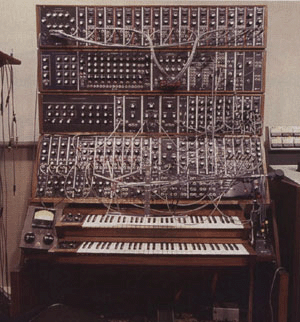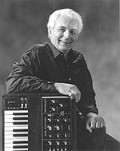In my own humble opinion I believe that the emergence of the Moog Synthesizer in the mid to late sixties (Robert Moog, born 1934) was as important to the whole concept of sound design as Jack Foleys ideas and techniques were a decade earlier. The nature of analogue synthesizers requires that a musician/composer must design or 'model' the sound that is needed at the time from a sine wave or some other basic wave form produced by either one or several oscillators inside the synth. The late sixties and early seventies were a time of infancy in the development of the synthesizer, and they didn't come loaded with hundreds of preset sounds as they do today. It would be fair to say that the same qualities required of a foley artist are also required of people such as Ben Burtt, (who used an ARP 2600-based, ring-modulated style for the droids and machines in the Star Wars films), Alan Mayor, and Delia Derbyshire (DrWho), who have over the years become just as well known for the sounds and effects they have created as any foley artist.
Sound designers haven't been slow to utilise technology in any way they can, and some techniques are used more than others when it comes to finding that elusive sound. Thanks to computer technology, pitch/time shifting and EQ manipulation are two such approaches that have been employed to great effect time and time again. For example EQ can be used both correctively and creatively. By rolling off the low end of a wind recording at 85 Hz it is possible to eradicate unwanted rumble, which is an approach that field/location recordists use frequently. But if you move the filter cut-off to 4 kHz, it is possible to eliminate the parts of a sound that provide its basic identity. Try that with the sound of wind and you're left with a wispy, airy sound that could be used for a ghostly ambience. Creating strong resonant peaks in the middle of a sound's frequency spectrum can be extremely effective also. Pitch and time shifting are two methods of sonic manipulation that have been around as long as sound recording. By speeding up or slowing down a tape, one can raise or lower the pitch and decrease or increase the duration of the sound concurrently. That technique can change a sound in powerful ways; voices and everyday sounds take on a murky, mysterious quality when dropped in pitch and time, and sound almost cartoon-like when raised, which in parts of the sound industry has come to be known as the 'munchkin' effect, a term taken from the sound of the munchkins voices from the film 'Wizard Of Oz' (MGM, 1939). |


